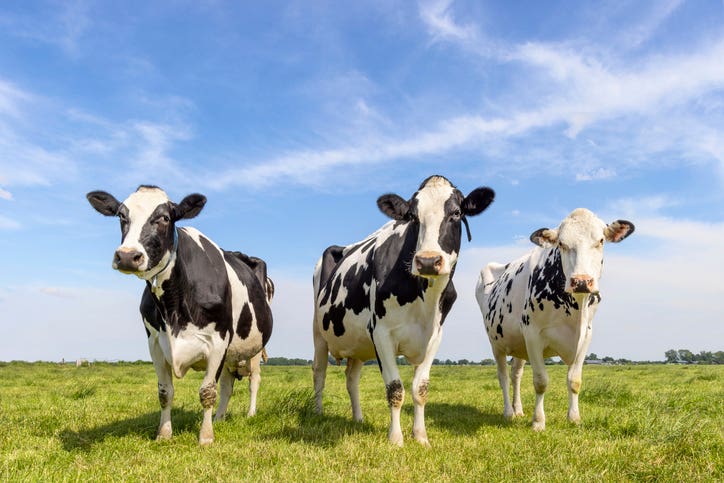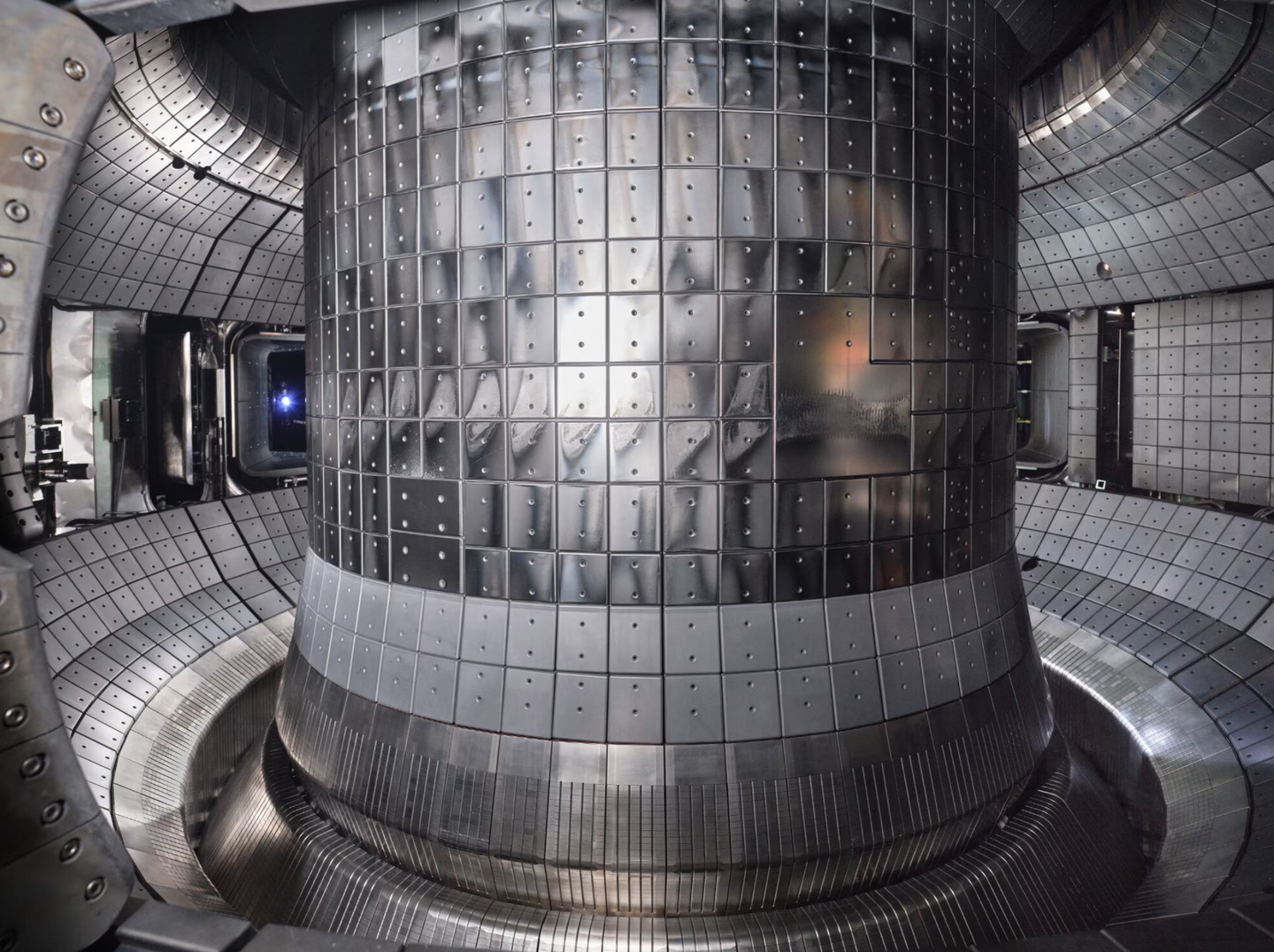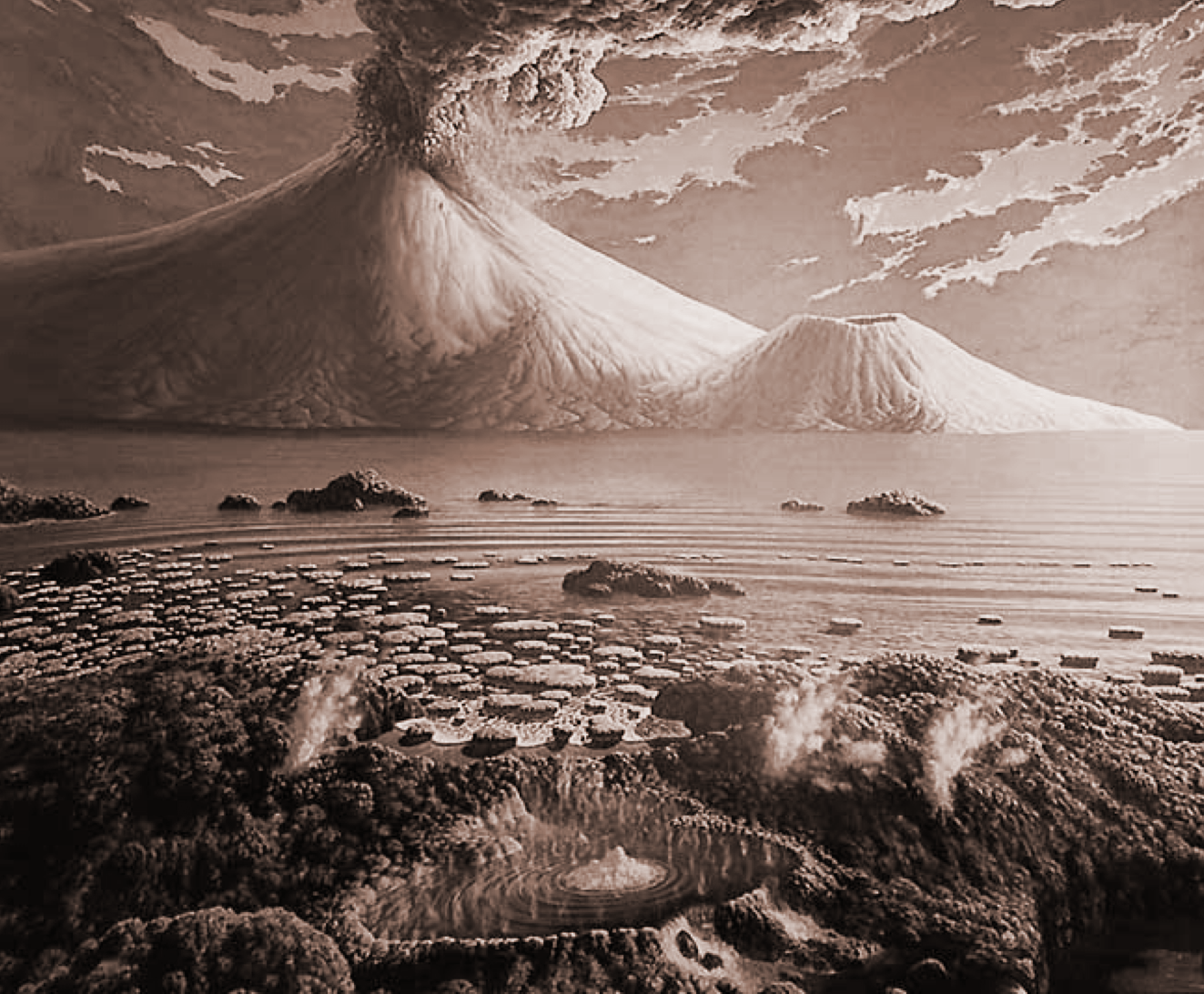Scientists turn cow manure into one of world’s most used materials
scientists have transformed cow manure into sustainable cellulose, addressing pollution and waste while creating high-value products.

Scientists turn cow manure into sustainable cellulose, providing eco-friendly solutions for waste and pollution. (CREDIT: Getty Images)
Cow manure may soon help tackle pollution, greenhouse gases, and waste management issues—all while producing a versatile, eco-friendly manufacturing material. Researchers at UCL Mechanical Engineering have transformed cow dung from dairy farms into high-quality cellulose, opening doors to sustainable, low-cost, and efficient production.
A New Life for Waste
Using animal waste as a resource could significantly improve waste handling on farms. Cow manure typically poses serious environmental and health risks. When it breaks down, manure releases harmful greenhouse gases such as methane, carbon dioxide, and nitrous oxide.
These emissions contribute substantially to climate change. Moreover, manure pollutes water sources and air, spreading pathogens like E. coli, Salmonella, and Cryptosporidium, causing severe health problems.
However, manure isn't just waste. It contains partly digested plant fibers rich in cellulose—a material vital to numerous industries. Traditionally sourced from plants and trees, cellulose is found in everyday items such as paper, food packaging, surgical masks, and textiles. Producing it usually involves harsh chemicals and significant energy use, increasing its environmental impact.
Researchers led by Professor Mohan Edirisinghe developed an innovative approach that transforms cellulose from cow manure into versatile, eco-friendly products. Their groundbreaking study, published in The Journal of Cleaner Production, marks the first successful conversion of animal waste into manufacturing-grade cellulose.
Transforming Manure into Valuable Products
Initially, the research team aimed to extract tiny cellulose fragments naturally found in manure. Through mild chemical reactions and blending processes, they created a cellulose-rich liquid. The next step involved spinning this liquid into useful fibers and films through a technique called nozzle-pressurized spinning (NPS).
Related Stories
The method works by using pressure and rotation forces simultaneously. It creates fibers, films, ribbons, and meshes from liquid cellulose solutions. Unlike conventional fiber-making processes, NPS is remarkably energy-efficient, doesn't use hazardous high-voltage electricity, and can handle thicker, viscous solutions like cellulose effortlessly.
"Extracting the fragments from dung was relatively straightforward," said Professor Edirisinghe. However, initial attempts to spin cellulose using standard NPS setups failed.
The breakthrough came when the researchers switched from a vertical to a horizontal spinning system, injecting cellulose into water. This subtle adjustment was key to forming strong, useful fibers.
"We're still not quite sure why the process works," Edirisinghe admitted, "but the important thing is that it does. It will also be fairly easy to scale up using existing pressurized spinning technology."
Environmentally Friendly and Market Ready
The cellulose fibers produced were extremely fine—only about 13 nanometers in diameter—smaller than human hair. Such nanocellulose boasts impressive qualities, including high strength, flexibility, biodegradability, and safety for various applications. Its strength and stiffness are comparable to steel, making it ideal for reinforcing materials in composites, films, and eco-friendly packaging.
Nanocellulose's properties extend its use beyond packaging. It holds promise in energy storage, biomedical applications, electronics, and even food additives. Its large surface area and biodegradability make it ideal for creating environmentally friendly alternatives to plastic packaging, enhancing durability without sacrificing sustainability.
Researchers emphasize that turning manure into cellulose could benefit farmers, manufacturers, and the environment simultaneously. Dairy farms, burdened with managing vast amounts of manure, could transform waste into a valuable resource, potentially providing additional income.
Circular Economy at Work
The project embodies the circular economy, a model designed to reduce waste by repurposing resources continuously. Animal manure, traditionally seen as problematic waste, becomes a valuable commodity, significantly cutting greenhouse gases and improving waste management.
This method stands apart by using agricultural waste rather than high-value plant sources. Typically, cellulose extraction from plants can be expensive and environmentally costly. By leveraging waste, this new method supports sustainability and economic efficiency.
"Horizontal nozzle-pressurized spinning could be a huge boost to the global dairy farming industry," explained Yanqi Dai, the study's lead author. "It puts problematic waste to good use and possibly creates new income streams."
Researchers foresee challenges, particularly in sourcing and transporting manure. However, they remain optimistic about the significant environmental and commercial benefits. With manure production expected to rise sharply—by around 40% between 2003 and 2030—finding sustainable solutions has never been more urgent.
The team at UCL now seeks partnerships with dairy farmers to expand and refine this promising technology. The advancement signals a practical, scalable step toward a greener and cleaner manufacturing future.
Note: The article above provided above by The Brighter Side of News.
Like these kind of feel good stories? Get The Brighter Side of News' newsletter.



